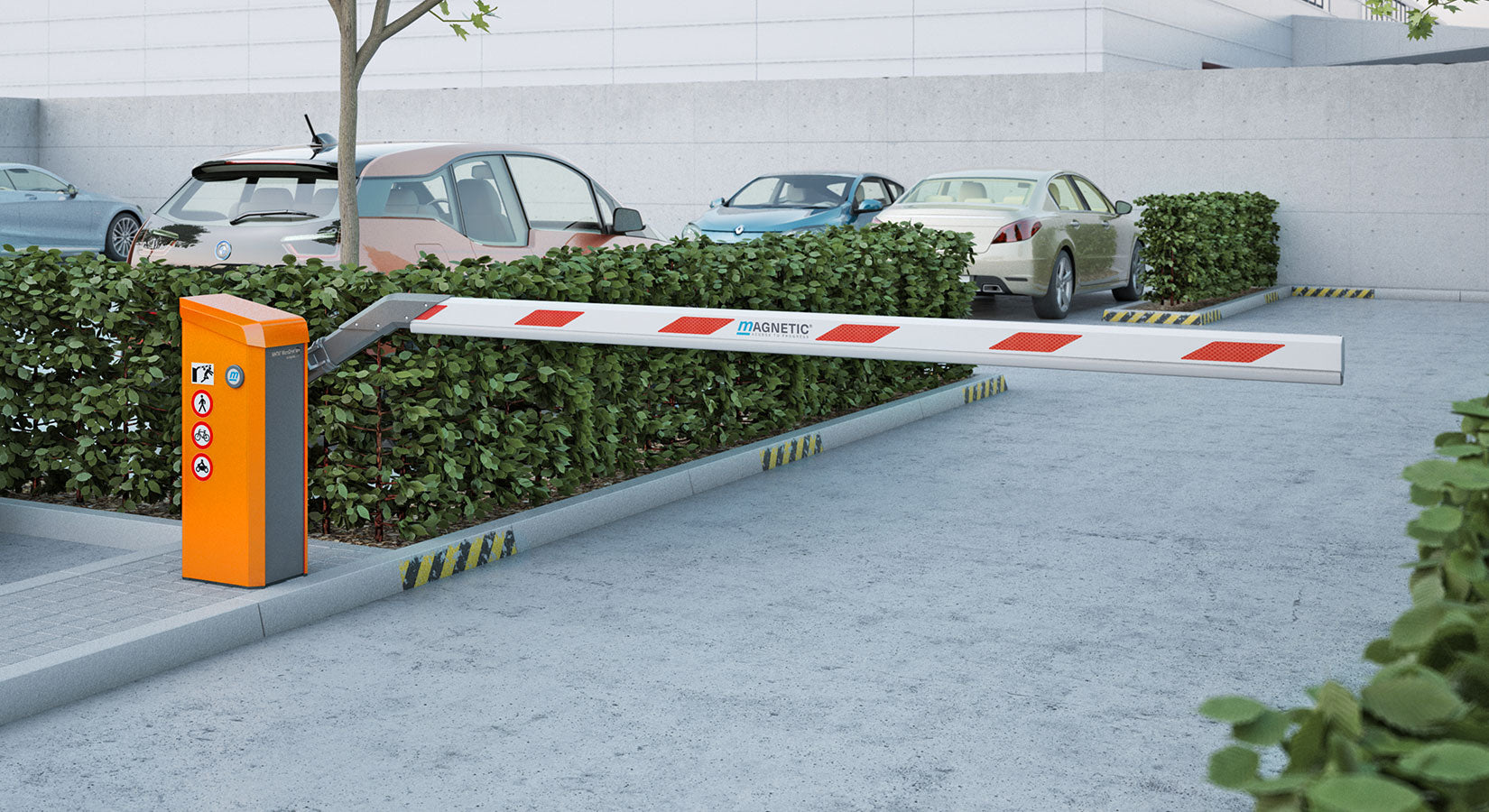The smart Trick of Wedge Barriers That Nobody is Talking About
How Wedge Barriers can Save You Time, Stress, and Money.
Table of ContentsMore About Wedge BarriersGetting The Wedge Barriers To Work

14 and the surface area 12 to which the obstacle 10 is secured might be made from concrete - Wedge Barriers. 2, the obstacle 10 is mounted to or consists of an anchor or subframe (e. g., anchor 30 displayed in FIG. 2 )secured underneath the surface 12. As an example, the bather 10 might be bolted to the support or protected to the anchor by other mechanical bolts. In the detailed embodiment, the obstacle 10 includes a wedge plate 16, which consists of a part that is considerably parallel with the surface area 12 when the barrier 10 is in the pulled back setting. Simply put, lorries or people may overlook the obstacle 10 when the obstacle 10 remains in the withdrawed position and experience mild elevation about the surface area 12 while on the barrier 10. As talked about thoroughly below, when the obstacle 10 is in the deployed setting, the wedge plate 16 is held and supported in a raised placement by a lifting device of the barrier 10. In addition, the parts 18 may be bolted or otherwise mechanically coupled to each other. In this way, repair or replacement of one or even more elements 18 might be streamlined and structured. That is, repair service or substitute of solitary elements
18 might be done more promptly, conveniently, and expense successfully. FIG. In certain personifications, the support 30 may be a steel framework including plates, light beams(e. g., I-beams ), and/or other frameworks that are protected within the foundation 14, which might be concrete. At the surface area 12, a top side 28 of the support 30 may be at the very least partially exposed
, consequently making it possible for the attachment of the barrier 10 to the support 30. g., threaded openings)in several light beams or plates of the anchor 30 might be revealed to the surface area 12. In this way, bolts 32 or other mechanical bolts might be used to safeguard the barrier 10 to the anchor 30. As the obstacle 10 is installed to the surface area 12 of the foundation 14, collection of particles and other material beneath the obstacle may be lowered, and parts of informative post the bather 10 may not be subjected to below quality settings. As indicated by referral numeral 52, the lifting system 50 includes parts disposed below the wedge plate 16. For instance, the parts 52 below the wedge plate 16 may include an electromechanical actuator, a camera, one or even more cam surfaces, and so forth. In addition, the lifting mechanism 50 consists of a springtime assembly 54
The spring pole 58 is paired to a web cam(e. g., cam 80 displayed in FIG. 4) of the training device 50. The springtimes 60 disposed regarding the spring pole 58 are kept in compression by springtime supports 62, including a dealt with spring support 64. That is, the set springtime support 64 is repaired about the structure 14 Going Here et cetera of the bather 10.
Excitement About Wedge Barriers
g., springtime support 65 )might be taken care of to the end of the springtime rod 58 to make it possible for compression of the springs 60. As the springtimes 60 are compressed between the springtime supports 62, the springtime assembly 54 produces a force acting upon the cam paired to the spring rod 58 in a direction 66. For example, the staying force related to
the camera to deploy the wedge plate 16 might be offered by an electromechanical actuator 84 or other actuator. Because of this, the spring assembly 54 and the actuator 84(e. g., electromechanical actuator)might run with each other to convert the camera and raise the wedge plate 16.
As pointed out over, in the released position, the wedge plate 16 offers to block access or traveling beyond the barrier 10. The obstacle 10(e. g., the wedge plate 16 )may obstruct pedestrians or automobiles from accessing a building or pathway. If an automobile is taking a trip about his towards the released wedge plate 16(e. For instance, in one scenario, the safety legs 86 may be extended throughoutmaintenance of the barrier 10.